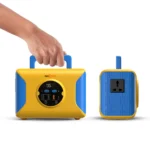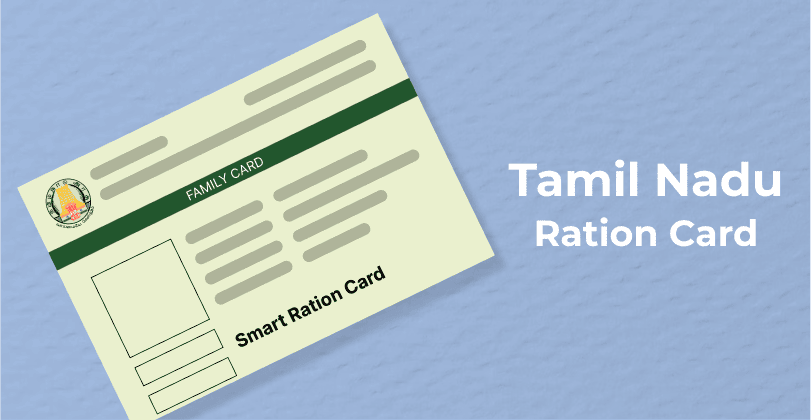
The Smart Ration Card system via TNeGA brings digital ease and transparency, reducing the need for long queues and paperwork.
In recent years, the Tamil Nadu government has embraced digital transformation as a means of enhancing public service delivery, and one of the most impactful initiatives has been the implementation of the Smart Ration Card system through the Tamil Nadu e-Governance Agency (TNeGA). This digital initiative represents a pivotal shift from traditional manual methods to a more streamlined, efficient, and citizen-friendly process.
E-Scooter Micromobility Systems: A Review of Their Beneficial Attributes and Positive Impacts
Understanding the Smart Ration Card System
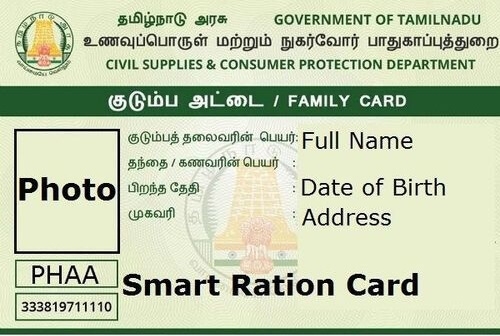
The Smart Ration Card replaces the conventional laminated or paper-based ration cards with a digitally-enabled version that can be accessed and managed online. It contains all essential family and individual details, including name, address, and entitlements under the Public Distribution System (PDS). With this digital version, beneficiaries no longer have to rely solely on physical documentation, reducing the risk of loss, damage, or tampering.
TNeGA, the body responsible for implementing this project, aims to simplify access to government services through digital means. Its online portal facilitates a range of services related to the Smart Ration Card, including new applications, corrections, deletions, and status tracking. This digital shift brings a host of benefits that contribute to efficiency, convenience, and transparency.
Digital Ease: A Citizen-Centric Approach
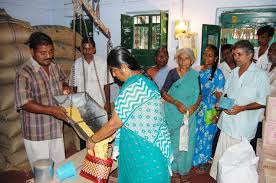
One of the most prominent advantages of the Smart Ration Card system is the sheer ease of access it offers to the public. Individuals can now apply for or update their ration cards from the comfort of their homes. The TNeGA portal is designed to be user-friendly and is available in both Tamil and English to cater to a diverse user base.
The application process typically involves uploading scanned copies of required documents, entering personal and household details, and submitting the form online. Users receive a reference number for tracking the status of their application, eliminating the need to visit local offices repeatedly.
Moreover, the digital system enables faster processing times. Since data is stored electronically, officials can verify and process applications more quickly than they could through manual means. The integration with other databases such as Aadhaar and the Civil Supplies database ensures accuracy and reduces redundancy.
Transparency and Accountability
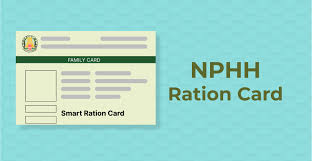
Another critical advantage of the Smart Ration Card initiative is the increased transparency it introduces into the PDS. In the traditional system, there were numerous instances of corruption, ghost beneficiaries, and manipulation of records. By digitizing the entire process, TNeGA minimizes these risks.
Every transaction, application, and update is recorded and timestamped within the system, making it easier to audit and verify. Citizens can track the status of their application or ration allotments in real-time, thereby holding the system accountable.
Additionally, the Smart Ration Card system helps ensure that only eligible families receive benefits. The linkage with Aadhaar and demographic verification mechanisms prevent duplication and fraudulent claims. This targeted approach helps the government allocate resources more effectively, ensuring that subsidies reach those who truly need them.
Reducing Long Queues and Paperwork
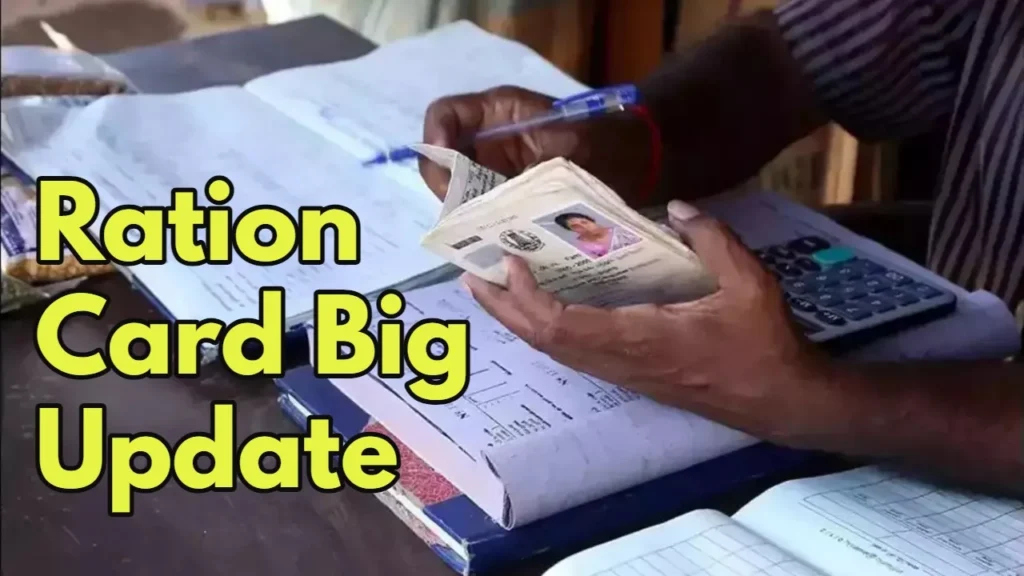
In the pre-digital era, acquiring or modifying a ration card involved standing in long lines at civil supplies offices, filling out multiple paper forms, and making several trips for follow-ups. This process was not only time-consuming but also demoralizing, especially for the elderly, differently-abled, and those in remote locations.
The TNeGA Smart Ration Card system effectively eliminates this bottleneck. By moving the process online, the government has reduced the physical burden on citizens and minimized bureaucratic delays. Paperwork has been drastically cut down, and digital records now ensure data is easily retrievable and updateable.
For instance, if a family moves to a new location or experiences a change in household composition, these details can be updated online without having to reapply for a new ration card. This flexibility and convenience are significant improvements over the traditional model.
Empowering Citizens Through Information
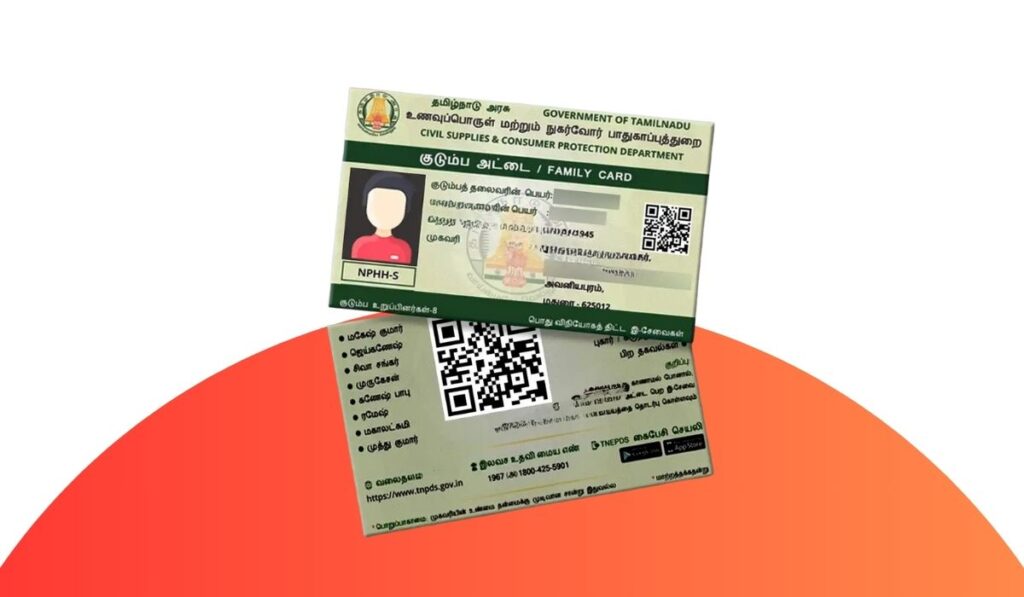
The digitalization of ration cards also empowers citizens with information. Through the TNeGA portal, individuals can access details about their entitlements, ration shop locations, and transaction history. This level of transparency helps beneficiaries better understand their rights and entitlements under the PDS.
Furthermore, the platform supports grievance redressal mechanisms. If users encounter issues or discrepancies, they can lodge complaints online and receive timely updates on their resolution. This feature strengthens trust in the system and encourages civic engagement.
Challenges and Considerations
Despite its many benefits, the Smart Ration Card system is not without its challenges. One major concern is the digital divide. Not all citizens have access to the internet or possess the digital literacy needed to navigate online portals. This can disadvantage vulnerable populations, including the elderly, economically disadvantaged, and those living in rural areas.
To address this issue, the government has set up e-Seva centers and common service centers across the state. These facilities provide assistance to individuals in accessing digital services. Additionally, awareness campaigns and digital literacy programs are essential to ensure that all segments of society can benefit from the initiative.
Another challenge lies in ensuring data security and privacy. With personal information being stored online, it is crucial to implement robust cybersecurity measures to protect against data breaches and misuse. The government must continuously update its systems to safeguard user data and comply with evolving data protection norms.
The Road Ahead
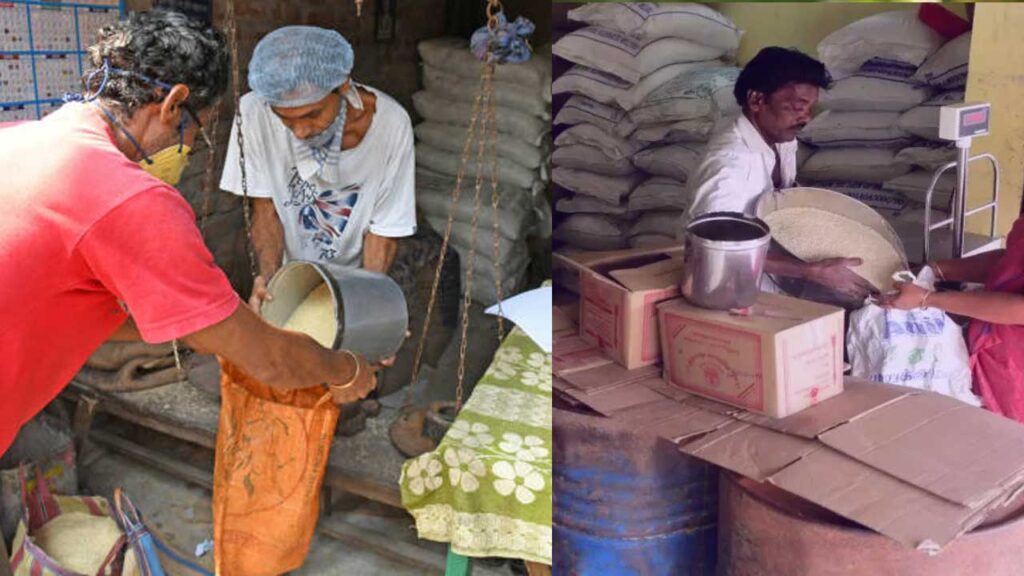
The Smart Ration Card system via TNeGA is a shining example of how technology can transform governance. It simplifies processes, enhances transparency, and brings services closer to the people. As Tamil Nadu continues to embrace digital governance, it is essential to build on this foundation by making the system more inclusive, accessible, and secure.
Future improvements could include mobile app integration, multilingual support, and AI-powered assistance for faster grievance redressal. The potential for integrating other welfare schemes into a unified digital platform could further streamline service delivery and improve efficiency.
In conclusion, the Smart Ration Card system is a step in the right direction toward achieving a digital and transparent public distribution framework. Through TNeGA, Tamil Nadu is setting a benchmark for other states to follow in leveraging technology for inclusive and accountable governance.
